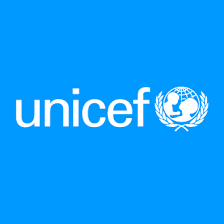
UNICEF says more than 333 million children live in extreme poverty across the globe
The United Nations Children’s Fund says 333 million children are still living in extreme poverty across the globe.
According to the UNICEF and World Bank report, fewer children than expected—30 million—were spared from extreme poverty as a result of the COVID-19 pandemic.
The findings show that about one in six children still survives on less than $2.15 per day.
In a statement on Wednesday, Catherine Russell, UNICEF Executive Director, said a combination of crises, including the effects of COVID-19, conflicts, climate change, and economic meltdown, has halted the advancements and left millions of children in extreme poverty.
Russell said, “Compounding crises, from the impacts of COVID-19, conflict, climate change, and economic shocks, have stalled progress, and left millions of children in extreme poverty.”
The report’s conclusions put a wrench in the ambitious UN objective to end extreme child poverty by 2030.
Luis-Felipe Lopez-Calva, the World Bank’s Global Director for Poverty and Equity, called the situation “intolerable.”
Lopez-Calva said, “A world where 333 million children live in extreme poverty — deprived not only of basic needs but also dignity, opportunity or hope — is simply intolerable.”
According to the report, 40% of children in sub-Saharan Africa still live in extreme poverty — the highest percentage anywhere in the world.
Extreme child poverty has recently worsened in sub-Saharan Africa due to a number of variables, including fast population increase, COVID-19, and natural disasters brought on by climate change, while all other regions of the world have witnessed a continuous drop.
The World Bank and UNICEF called on countries to prioritize tackling child poverty and to enact a range of measures including the expansion of universal child benefits programs.
“We cannot fail these children now,” said Russell from UNICEF. “Ending child poverty is a policy choice.”
